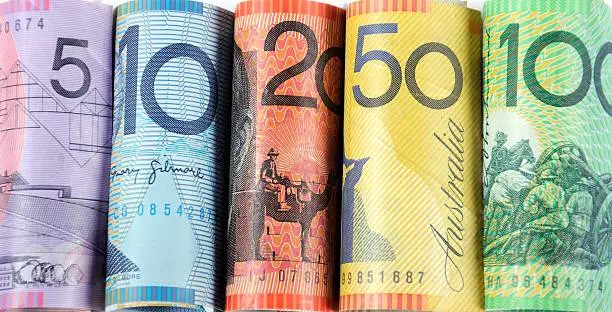As of now, the Australian dollar (AUD) has entered a phase of stabilization against the US dollar (USD), resting at approximately 0.6525 on the H4 chart. This follows a brief period where the AUD experienced three uninterrupted sessions of gains. Analysts suggest that this pause may indicate that the currency pair is transitioning into a phase of consolidation, potentially gearing up for a future upward trend. The recent fluctuation in the value of the US dollar has played a pivotal role in shaping this dynamic. Following a notable rally, profit-taking efforts initiated a mild decline in the USD, coupled with speculation surrounding forthcoming US Treasury adjustments under President Biden’s administration. These factors collectively have influenced the trajectory of the AUD.
Insights from the Reserve Bank of Australia (RBA)
In its latest meeting, the Reserve Bank of Australia reaffirmed its intention to maintain a restrictive monetary policy stance. This decision is primarily driven by the RBA’s observation that inflation levels have yet to stabilize within their target range. Despite this, the central bank remains flexible and is willing to recalibrate its policies in response to evolving economic landscapes. Market analyses indicate a growing expectation for a potential rate cut in the near future, with probabilities calculated at 37% for February and an increase to 58% by April. Such adjustments will undoubtedly have profound implications for the AUD/USD pair, shaping trader strategies and market sentiment.
Technical Projections
A detailed examination of the H4 chart for the AUD/USD pair reveals that the market is currently navigating a corrective phase, following a decline that successfully met its local target of 0.6440. There is market speculation that prices might retrace towards the 0.6543 level, marking a short-term corrective wave. Should this correction materialize and run its course, analysts anticipate a fresh downward movement targeting the 0.6380 range. Tools of technical analysis, such as the MACD indicator, corroborate this bearish sentiment, as it remains positioned beneath the zero line, suggesting that the AUD could face further declines.
Meanwhile, a review of the H1 chart indicates that the pair is nearing the previously mentioned corrective target near 0.6543, with a developing consolidation pattern just below this threshold. Market behavior suggests that a breakout from this consolidation might occur downwards, propelling this pair into another decline cycle. Early projections set the immediate target of this prospective decrease at 0.6464. Furthermore, insights from the Stochastic oscillator are aligned with this bearish outlook, with its signal line trending downwards towards the 20 mark, reinforcing beliefs of potential upcoming declines.
The current status of the Australian dollar against the US dollar illustrates a complex interplay of market dynamics, influenced by both local and global factors. The RBA’s proactive monetary policy stance, coupled with broader economic signals, presents a landscape that requires keen vigilance from traders and analysts alike. As the market continues to consolidate, key technical indicators offer forecasts that may guide decisions, making it crucial to remain informed about the evolving financial environment that could soon affect AUD/USD trading behaviors.

